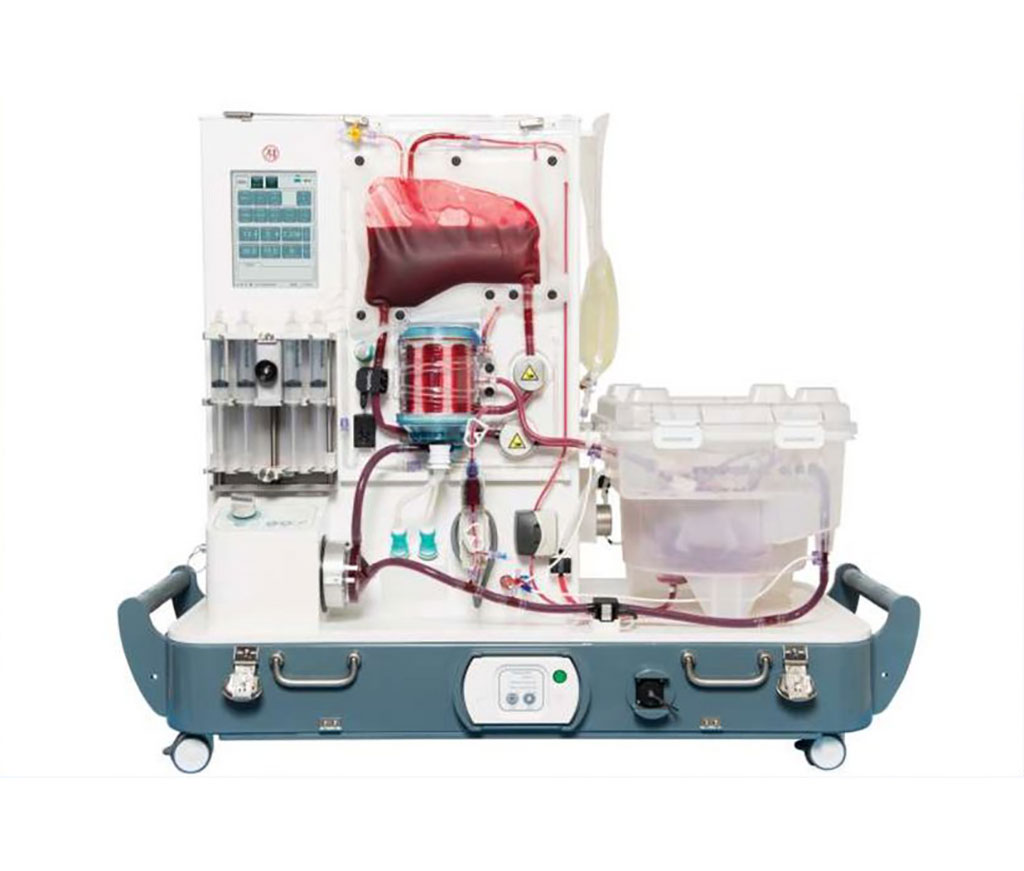Normothermic Perfusion System Preserves Donated Livers
By HospiMedica International staff writers
Posted on 03 Jan 2022
A fully automated mechanical perfusion system sustains donor livers destined for transplantation in a functioning state for up to 12 hours. Posted on 03 Jan 2022
The OrganOx (Oxford, United Kingdom) metra is a normothermic (37°C) machine perfusion system that mimics the environment of the human body, supplying warm, oxygenated blood and nutrients to the donor liver. By continuously perfusing the liver at near physiological pressures and flows, metra allows it to remain functional, producing bile, metabolizing glucose, and maintaining pH. The metra system also measures and controls blood gases in the perfusate without user intervention, thus allowing objective assessment of organ performance prior to transplant.

Image: The metra normothermic machine perfusion system (Photo courtesy of OrganOx)
The system includes a simple three-button panel that controls flows, pressures, temperature, and blood gases, providing optimal perfusion conditions; an oxygenator that concentrates Oxygen (O2) from ambient air; an on-board heater to warm the blood; a centrifugal pump to draw blood from the liver; a soft-shell reservoir of warm, oxygenated blood, supplied to the liver under near-physiological pressure; and an automatic perfusion system that deliver medications and nutrients, minimizing operator hands-on time.
“Through developing the metra, OrganOx has enabled transplant teams to objectively assess the function of a donor liver before a transplant, something which is impossible with ice box storage,” said Craig Marshall, CEO of OrganOx. “This is particularly important when a donor liver is identified as 'marginal', when there is uncertainty as to whether it will function following transplant. With our device we aim to make more livers available for transplantation to ensure that more patients can benefit from this life saving procedure.”
The cornerstone of organ preservation has long been cold ischemic storage. Although this method is intended to reduce the extent of organ damage during transport, significant deterioration of the donated organ still occurs; the longer the organ is kept on ice, the greater the damage. Moreover, the cold storage technique does not enable any resuscitative or assessment while the organ is being transported from donor to recipient. It is estimated that 60-65% of organs cannot ultimately be used for transplantation due to the limitations of cold storage.
Related Links:
OrganOx














